The consumerisation of IT continues apace – here’s how your business can benefit
BYOD may be a fact of business, but there are still more ways organisations can grow by embracing consumer tech


There used to be a lot of talk of how businesses suffered through consumer tech coming into the workplace. Bring your own device (BYOD) was a headache for the IT team, which needed to balance the need to protect the corporate environment and sensitive data, with the fact they were dealing with a personal device.
While these issues still exist and can cause friction, there is now broad agreement that organisations have benefited greatly from the introduction of more consumer-friendly IT in the workplace. Many apps have specific versions for business use, designed to be integrated into corporate tech systems while maintaining their friendly user interfaces. This has been good for business in many ways.
What workers want
Workplaces don’t exist in a vacuum. In our personal lives, we might use all manner of different tools and services to keep in touch with friends and family, to keep on top of our finances, or to stay abreast of the latest news – especially at the moment. When we go to work, some of the tools we use perform similar functions, though in a different setting. It’s hardly surprising that people want to use their favourite, easiest to get on with, most effective tools across both environments.
Study after study confirms this. Research from MSP Maintel has shown the mismatch between what workers want and what they get at work – 24% of employees would like Snapchat to be approved by their employer, for example, while 19% say the same of Twitter. Facebook Messenger comes in a little lower, at 17%, with FaceTime sitting at 17% as well. Yet social platforms like these are often blocked in the workplace. Maintel found Instagram is not approved in 41% of organisations, Facebook Messenger in 34%, and Snapchat in 38%.
The result, says Rufus Grig, CTO of Maintel, is that workers bring their own tech into the workplace. Rather than continuing to fight against these trends, businesses should embrace them, he tells IT Pro. “If managed effectively businesses can benefit from this. They can leverage the ease of use of consumer technology, they can improve efficiency by allowing staff to use tech they’re already familiar with and they can potentially become more agile as a business.”
Efficiency and engagement
Increasing agility and efficiency doesn’t just exist for the kinds of generic tasks that most organisations have to accomplish, like communications. Angela Ashenden, Principal Analyst of Workplace Transformation at CCS Insight, gives the example of “the growing use of multipurpose tablets and smartphones, where historically you would have needed specialist devices or would have relied on paper, [such as] in healthcare. Not only can the smartphone be used for multiple use cases rather than just one, but employees typically need little to no training to use them.”
For Alex Guillen Estudillo, Technology Strategist at Insight UK, examining the benefits is just one side of the coin. “Quantifying the benefits of the consumerisation of IT is as simple as understanding the costs of failing to adapt,” he tells IT Pro. “Our recent research shows UK office workers waste 1.8 billion working hours each year thanks to technology that doesn’t support them.”
Get the ITPro daily newsletter
Sign up today and you will receive a free copy of our Future Focus 2025 report - the leading guidance on AI, cybersecurity and other IT challenges as per 700+ senior executives
RELATED RESOURCE
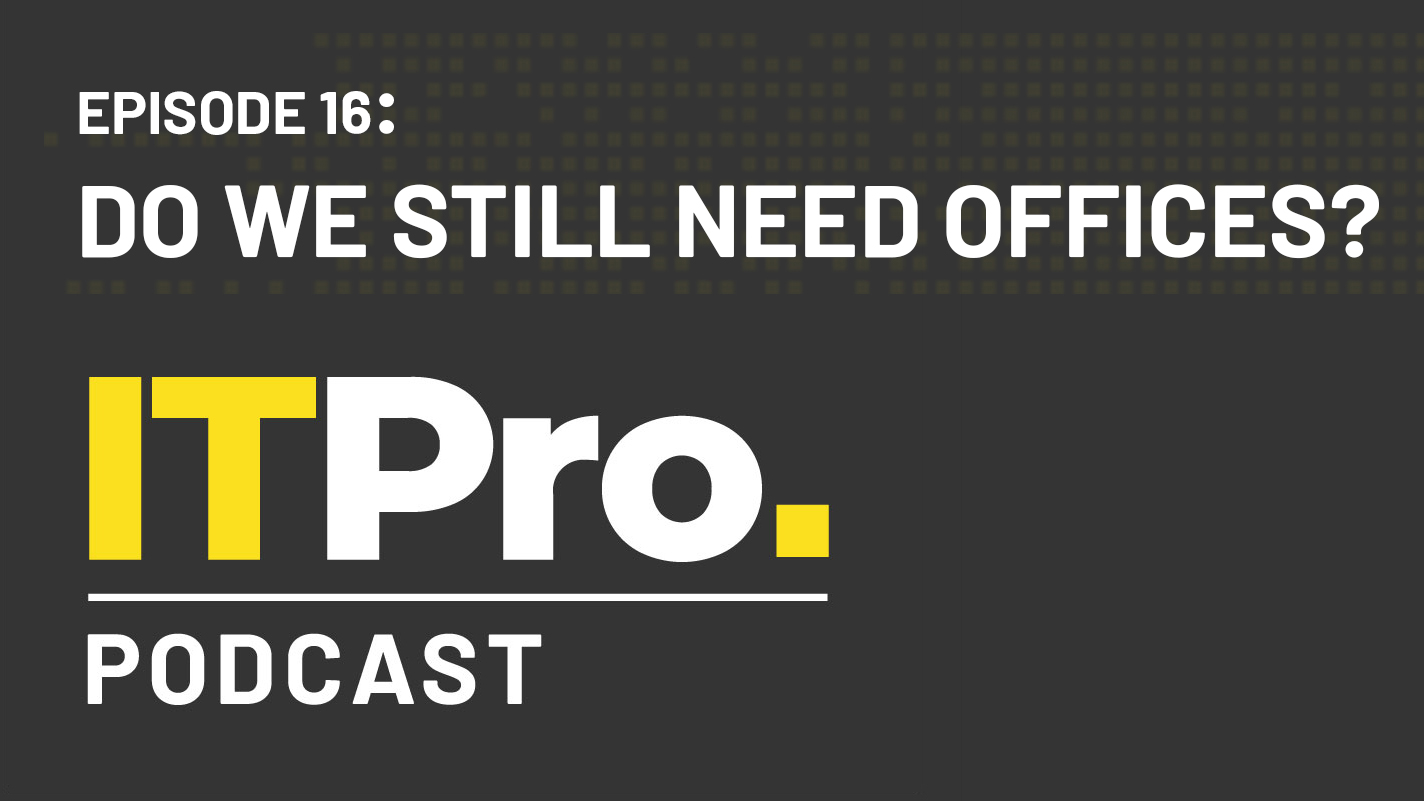
The IT Pro Podcast: Do we still need offices?
Have cloud software and collaboration tools rendered physical workplaces obsolete?
There is also the less quantifiable but equally important benefit of employee engagement to consider. When people can use tech and software they enjoy using and find easy to get along with, they are more engaged in their work, and more positively disposed towards their employer. Nobody likes to fight their software tools or work with outdated hardware. In Insight UK’s research, a third of employees said not being equipped with the right technology makes remote and flexible working difficult and stressful, and a huge 80% of office workers had felt at some point they don’t have the technology they need to do their jobs properly, putting them at a disadvantage.
Organisations realise this. As Ashenden puts it: “IT organisations are now thinking about how they can better enable employees through technology, rather than forcing employees to change their workflows to meet the needs of an application. This is very much driven by employee demands for app experiences that are more like the tools they use as consumers.”
What’s stopping you?
And yet organisations don’t always want to embrace what tech can offer. Being held back by security fears is just one reason. There is also the issue of the lack of audit trailing and accountability if multiple tools are used, for example for client communications. Maintel’s Grig says: “Many staff members already use, or want to use, the likes of WhatsApp, Facebook Messenger and Snapchat in work. This has the potential to lead to communications chaos in the workplace – with chats spread across multiple platforms, as well as the creation of potential security risks.”
The nature of contracts can also be an issue. Grig continues: “Many businesses are tied into long-term contracts for enterprise applications and there has been less of a focus on innovation by vendors – leading to a slower adoption of new technologies.”
Yet, with so many benefits clearly demonstrated, the imperative seems to be to adopt the technologies that workers want to use. As Guillen Estudillo puts it: “Organisations must be aware that trying to put off the move away from legacy technology is likely to result in mounting costs and increasing complexity. Quite simply, modern employees expect technology to work in a certain way and will be frustrated when technology at work doesn’t meet expectations.

Sandra Vogel is a freelance journalist with decades of experience in long-form and explainer content, research papers, case studies, white papers, blogs, books, and hardware reviews. She has contributed to ZDNet, national newspapers and many of the best known technology web sites.
At ITPro, Sandra has contributed articles on artificial intelligence (AI), measures that can be taken to cope with inflation, the telecoms industry, risk management, and C-suite strategies. In the past, Sandra also contributed handset reviews for ITPro and has written for the brand for more than 13 years in total.
-
 Should AI PCs be part of your next hardware refresh?
Should AI PCs be part of your next hardware refresh?AI PCs are fast becoming a business staple and a surefire way to future-proof your business
By Bobby Hellard
-
 Westcon-Comstor and Vectra AI launch brace of new channel initiatives
Westcon-Comstor and Vectra AI launch brace of new channel initiativesNews Westcon-Comstor and Vectra AI have announced the launch of two new channel growth initiatives focused on the managed security service provider (MSSP) space and AWS Marketplace.
By Daniel Todd
-
 Rebooting your BYOD strategy
Rebooting your BYOD strategyIn-depth With hybrid working becoming the norm, there's a need for a device management overhaul. What does BYOD 2.0 look like?
By Kate O'Flaherty
-
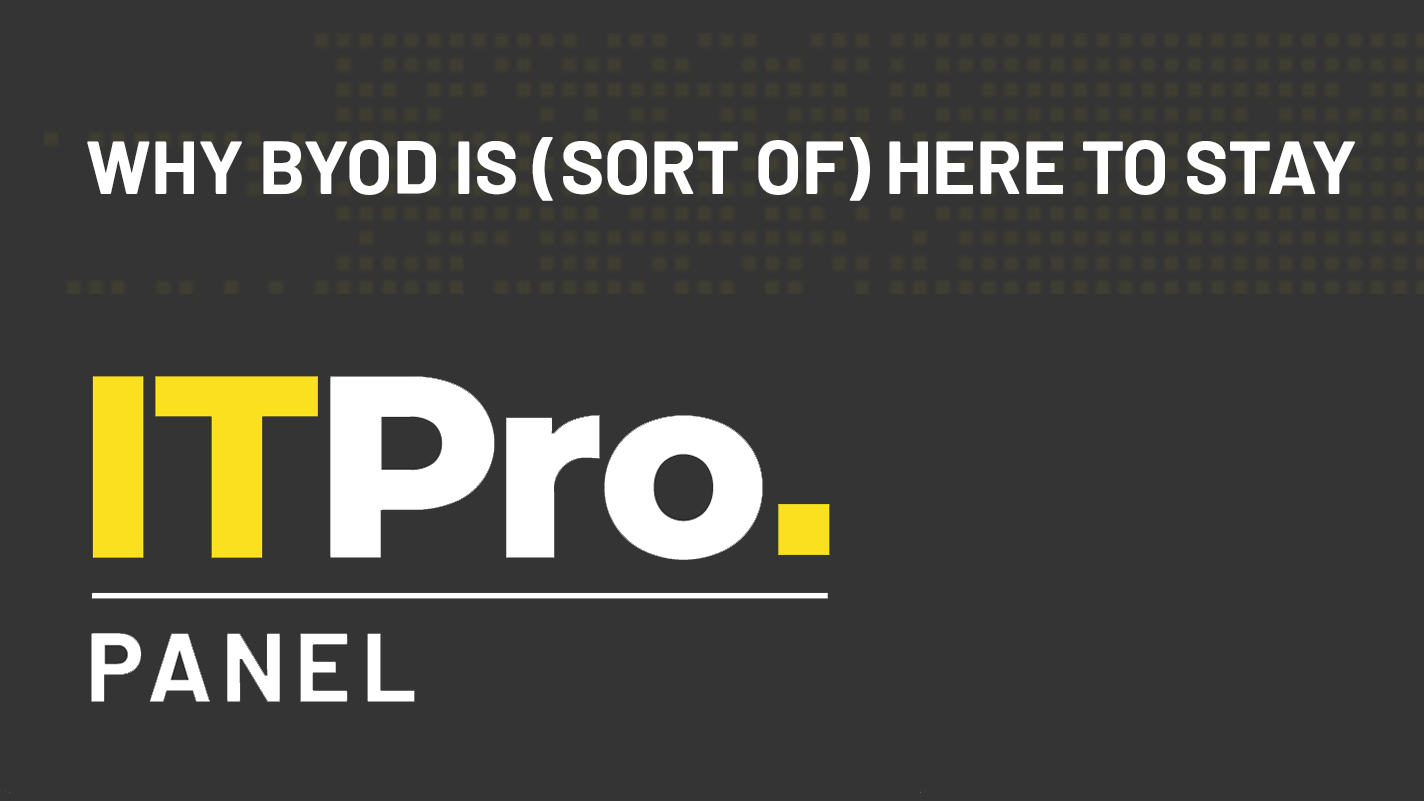 IT Pro Panel: Why BYOD is (sort of) here to stay
IT Pro Panel: Why BYOD is (sort of) here to stayIT Pro Panel CIOs explain why they aren’t going all-in on personal devices
By Adam Shepherd
-
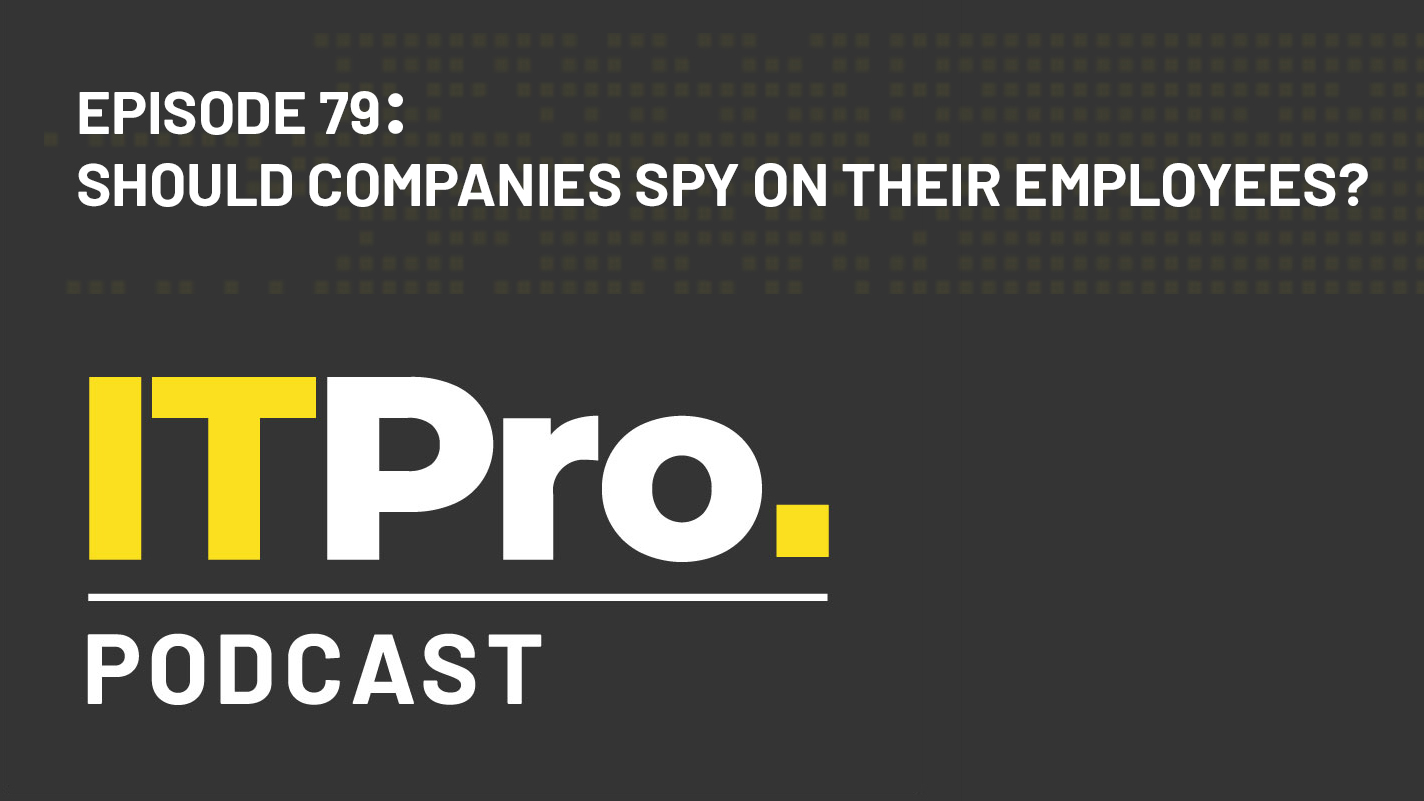 The IT Pro Podcast: Should companies spy on their employees?
The IT Pro Podcast: Should companies spy on their employees?IT Pro Podcast Where’s the line between security and surveillance?
By IT Pro
-
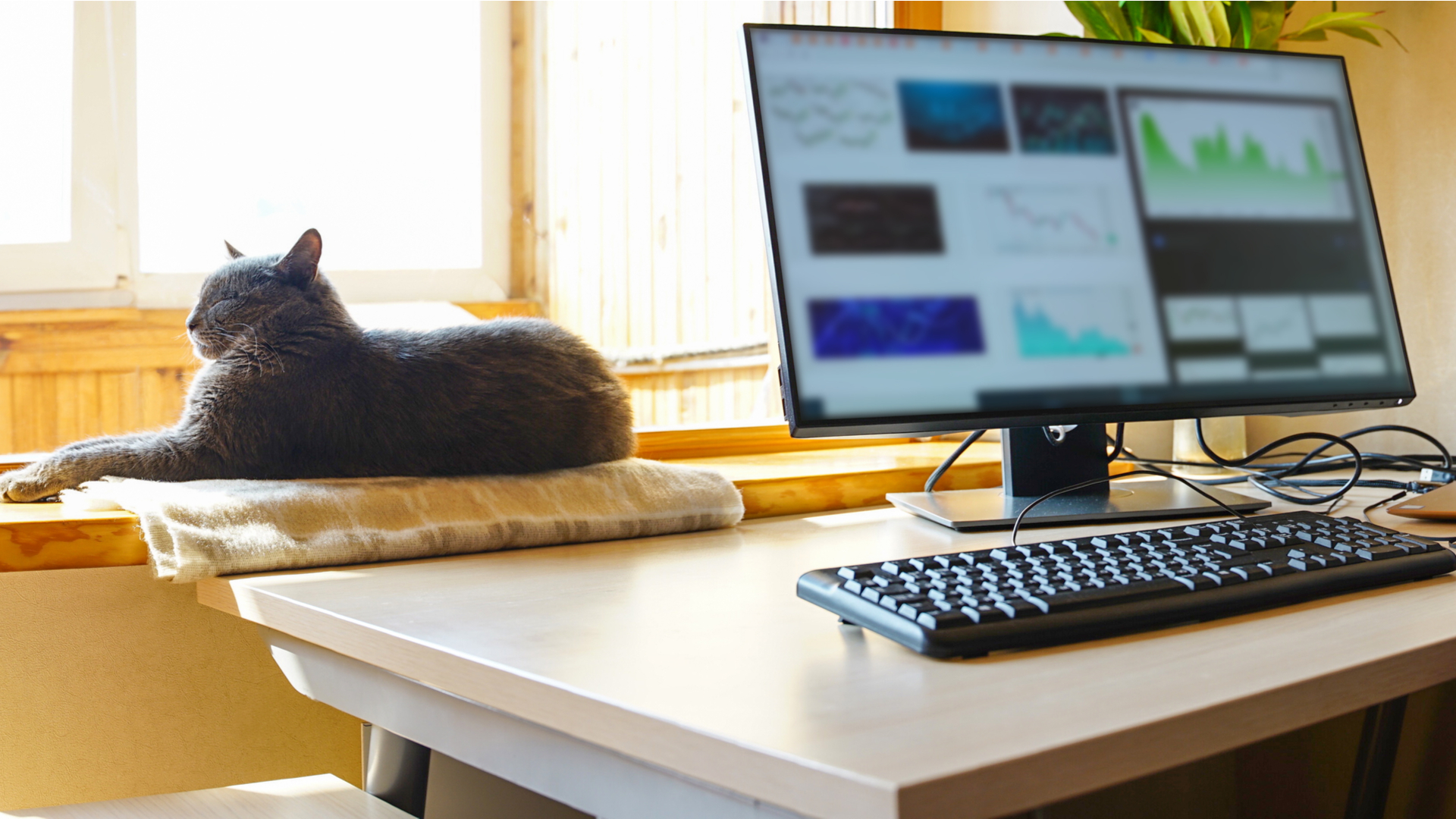 What are employers' responsibilities when we use personal tech to work from home?
What are employers' responsibilities when we use personal tech to work from home?In-depth With many more months of lockdown ahead of us, and workers reluctant to return to the office full time, it's time to think about roles and responsibilities
By Sandra Vogel
-
 What is the 'personalisation of IT'?
What is the 'personalisation of IT'?In-depth With millions of people using personal devices for professional purposes while working from home, consumerisation has entered a new phase
By David Howell
-
 WhatsApp delays controversial privacy update for businesses
WhatsApp delays controversial privacy update for businessesNews Users were asked to share data with WhatsApp’s parent company Facebook in order to continue using the service
By Sabina Weston
-
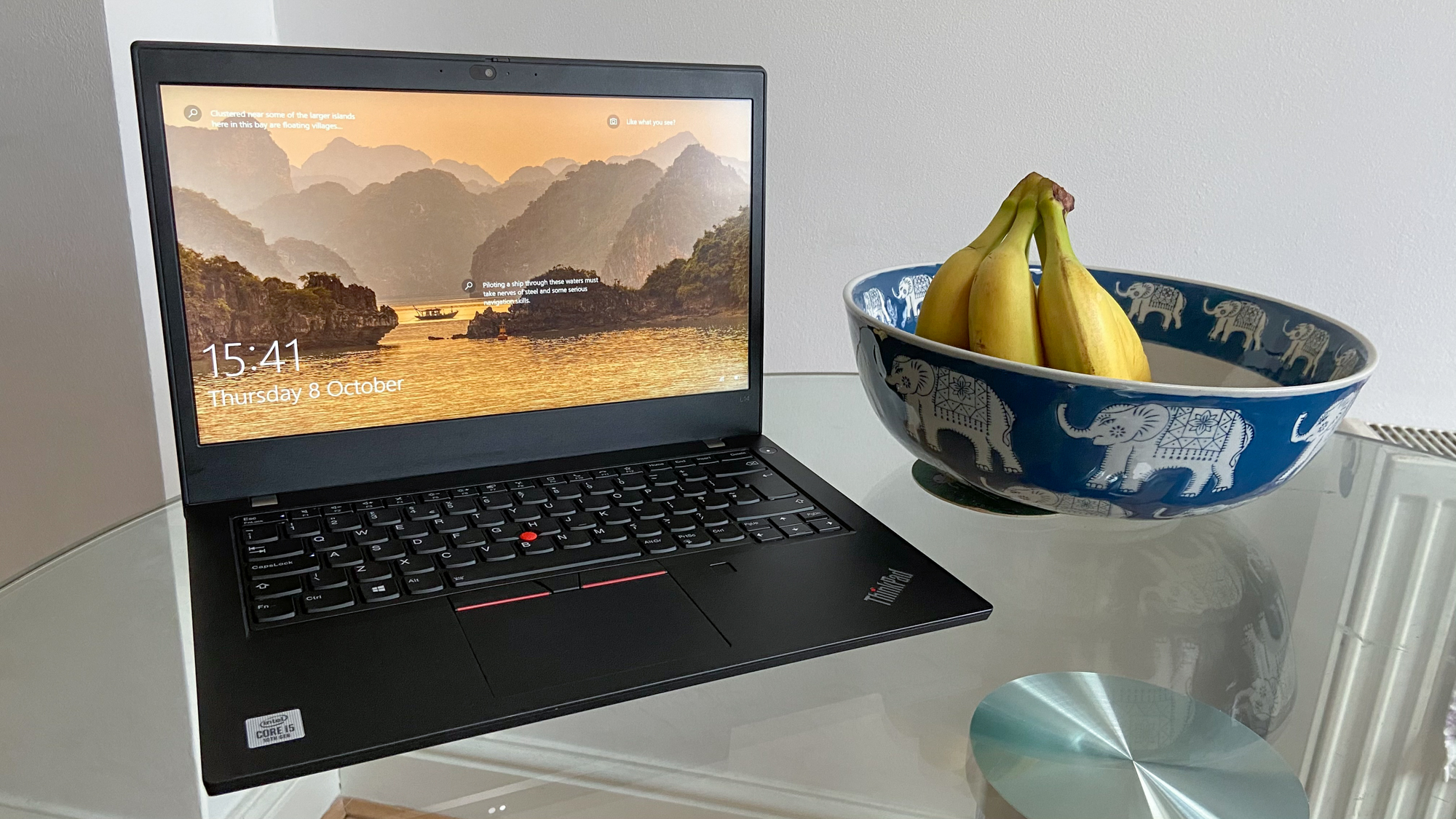 Lenovo ThinkPad L14 review: It’s not right but it’s okay
Lenovo ThinkPad L14 review: It’s not right but it’s okayReviews Pleasant enough for simple office tasks
By Sabina Weston
-
 Achieving BYOD confidence
Achieving BYOD confidenceIn-depth The use of personal devices in the workplace has been by turns feared and welcomed. Over 10 years since the launch of the first iPhone, where do we stand now with BYOD?
By David Howell